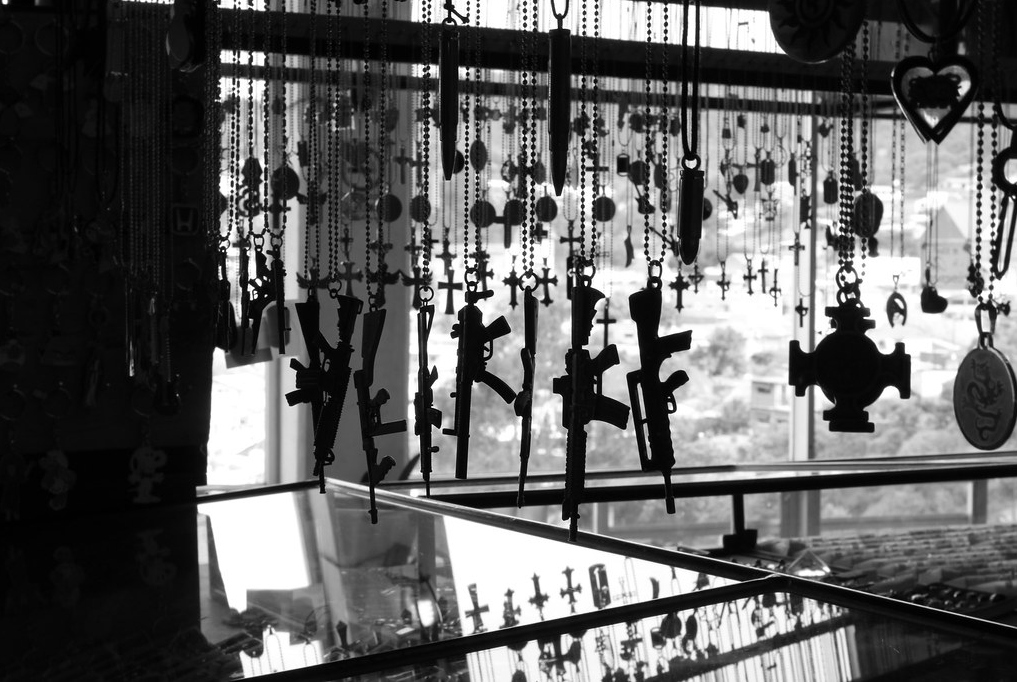Neither Felipe Calderón’s “war on drugs” strategy, nor Enrique Peña Nieto’s “crime prevention” discourse, nor Andrés Manuel López Obrador’s “hugs, not bullets” campaign along with direct distribution of resources to the poorest have yielded results. Homicides escalated dramatically during Calderón’s administration. After a moderation in the first years of Peña Nieto’s administration, they increased again starting in 2016 and reached an all-time high in 2019 during AMLO’s administration. Since then, homicides have remained at similar levels.
The credibility of Mexico’s government is at risk due to these uncontrollable levels of violence, and there is a possibility that there is an outright transformation of the way of doing politics in the country. Statistics from the Executive Secretariat of the National Public Security System (SESNSP) and the National Institute of Statistics and Geography (INEGI) are not reliable. In some cases, this is due to the political intentionality of state governments. In others, it Is due to the fear of local authorities of reprisals from organized crime, especially in Tamaulipas and Veracruz. Finally, another explanation is that there is a high number of missing persons found in clandestine graves that cannot be quantified.
Official data, however, show an approximate geography of homicidal violence. According to sources, homicides in Mexico are currently between 32,000 and 37,000 annually, representing more than 26 homicides per 100,000 inhabitants. In 2020, the five states with the most murders per hundred thousand inhabitants were Colima (76.2), Baja California (70.5), Quintana Roo (65), Chihuahua (62.1), and Guanajuato (59.9).
What explains the uncontrollable violence in Mexico?
There are two fundamental reasons. The political class has given up on reforming the national public security system, which implied transforming state and local police forces and having a clear security strategy. On the other hand, we are also experiencing an upsurge in fighting between different organized crime groups.
During the six-year term of Felipe Calderón, his administration initiated a policy that recognized the weakness of local police forces as one of the great challenges facing the national public security system. The administration designed a professionalization strategy and allocated a large number of economic resources to achieve this objective. The reform failed due to the lack of commitment from the different authorities and to the clear diversion of economic resources elsewhere.
In the second half of Peña Nieto’s six-year term, this strategy, which also allowed retired military officers to become directors of local police forces, was abandoned. From then on, the military police began to be deployed in the territories in order to support the municipal and state police and to organize joint operations.
An internal security law was also approved that authorized the military to participate in public order activities. However, it was later declared unconstitutional. In the six-year term of Andrés Manuel López Obrador, this strategy was continued. At the same time, the National Guard was created and is composed primarily of military elements.
The fight of organized crime for the “plazas”.
This violence is due to the intensification of organized crime’s fight for territories and “plazas”. Mexico is a country of consumption and transit of different types of drugs. However, organized crime groups are also involved in “huachicoleo” (theft and commercialization of hydrocarbons), or human trafficking (especially migrants in transit to the United States).
The country’s tourist centers, especially Acapulco (Guerrero), Cancun and the Mayan Riviera (Quintana Roo), or Guanajuato, are important points of drug consumption. Together with the collection of “derecho de piso” (a kind of “floor fee”) from businesses and drug dealing, these activities have triggered fights for the “plazas”.
In Acapulco, violence rises and falls depending on the dynamics of the fight between the different organized crime groups. In Quintana Roo, which is also an important point of entry of drugs into the country, homicides began to escalate rapidly in 2017 and have not stopped since. Cities such as Los Cabos and La Paz in Baja California Sur, which were singled out between 2016 and 2017 as the most violent in the world, have been able to be brought under control.
In addition to drug consumption, the groups’ fight for the right to conduct fuel theft has caused confrontations and executions to increase in Guanajuato. The arrival of fentanyl in the Pacific ports, especially in Manzanillo (Colima), has led to a recent increase in criminal activity in this territory, and in Zacatecas, which is a central point for its transit to the United States.
Similarly, violence has picked up again in border states such as Baja California and Chihuahua; and surely, despite official figures, in Tamaulipas as well. Finally, in other states where organized crime groups have traditionally had conflicts, such as Michoacán, Sonora, and Sinaloa, homicide rates are once again high.
To conclude, the lack of professional local police, a still forming National Guard, and a confused policy of approaching crime (“hugs and not bullets”) have caused homicides to continue increasing in Mexico. The State has no reaction capacity or control over many territories of the country. This makes it clear that as long as the government does not implement deep reforms in the security strategy, violence will hardly diminish.
Translated from Spanish by Alek Langford











